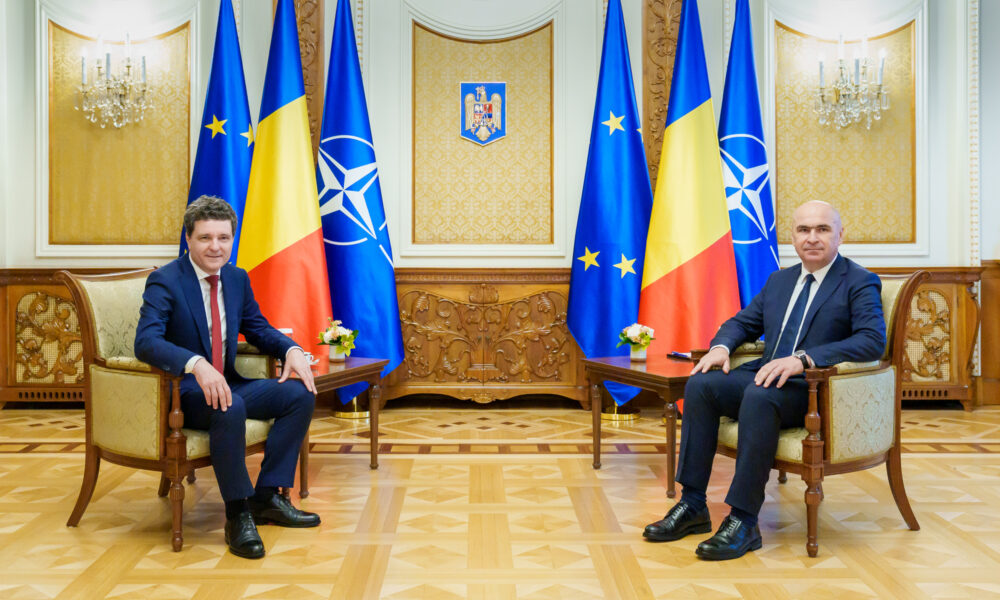Prince William attended military exercises in Estonia
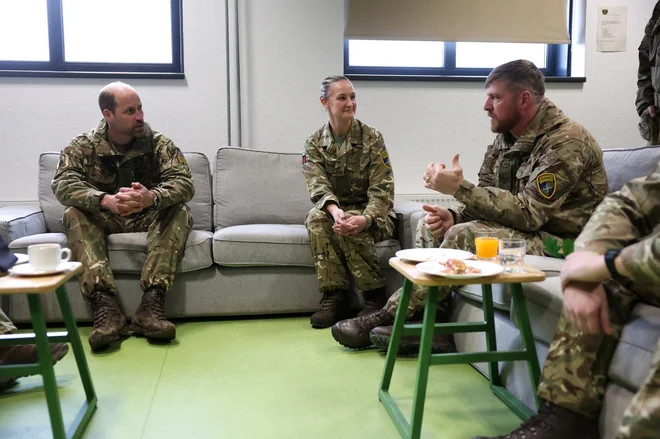
British Prince William In recent days, he has been in Estonia, where he, dressed in military uniform and sitting in Tank, sent a strong message to the NATO Alliance, Ukraine and countries along the Russian border. During a two -day visit, he visited the Tap's military base, just 130 kilometers from the Russian border, and met with British, Estonian and French soldiers involved in NATO's mission Operation Cabrit – the largest permanent international operation of the British Army, writes BBC.
The role of Estonia as a geopolitical junction between the West and Russia has deep historical roots. As early as the 13th century, the crusades were fighting the Teutonic Order for the control of this area, and later Estonia was controlled by numerous forces – from Swedes to Russians. After the First World War, Estonia declared independence in 1918 and established itself as an independent democratic republic, but this independence was short -lived.
During the Second World War, Estonia was the victim of the Molotov-Ribbentrop Pact, a secret agreement between the Nazi Germany and the 1939 Soviet Union, which divided Eastern Europe into interest spheres. After the Soviet occupation in 1940, the Nazi invasion of 1941 and the re -annexation of 1944, Estonia remained part of the Soviet Union until its breakup in 1991.
Although Estonia quickly focused on Western integrations after independence – joined the EU, NATO and the euro area – many Estonians have always been aware that they were just a few hours away from potential danger. Therefore, for the Estonians, the symbolic and military presence of allies, such as the British forces in the tap base, is of paramount importance.
The historical memory of mass deportations to Siberia, political repression and attempts to rusification is still alive. Between 1941 and 1949, more than 20,000 people, mostly political opponents, educators and landowners, deprived Soviet authorities from Estonia. Because of these historical traumas, today's Estonians are very seriously taken by security issues, especially in the context of Russian aggression in Ukraine, which many experience as a repeat of their own past.
Photo: Suzanne Plunkett/Reuters
« I hope my visit helps keep things life and keep you on the alert, » he remarked to the soldiers he talked to while watching the equipment and exercises in the field, writes Daily Mail.
The prince, dressed in a camouflage uniform, was first planted in the British Tank Challenger 2, then replaced the vehicle and boarded the Warrior armored vehicle. He also attended simulated front campaigns – exercises where soldiers pursued and captured the enemy's base, writes BBC.
« I destroyed a lot of mud with this Challenger, » he jokingly remarked during a conversation with the soldiers, then added that the experience was not only exciting but also instructive. « Viewing the battlefield through driving allows you to think about how warfare in Ukraine actually works – from terrain to tactics, » the prince states Daily Mail.
“Russian threat is true”
Tapa is a key point for defending the eastern edge of NATO. Even in the times of the Soviet Union, this base served as an air defense to the west, but today its role is defense – this time before Russia. In Estonia, which has quickly entered the EU since independence in 1991, the area with the euro and NATO, the memories of the Soviet occupation are still alive.
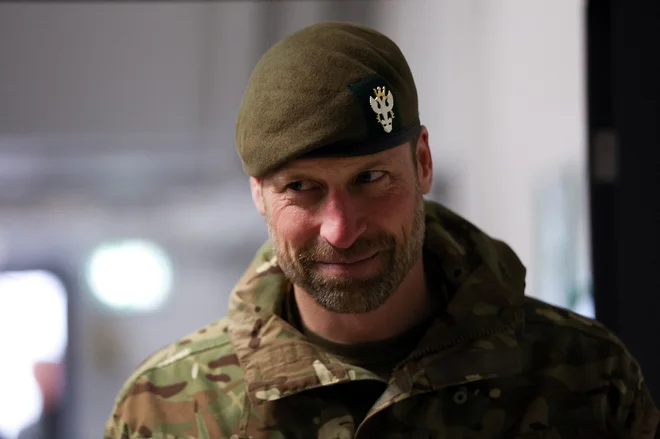
Photo: Suzanne Plunkett/Reuters
Diplomatic sources for BBC They reveal that William's visit « came at a crucial moment », as the Estonians expect that a possible future peace agreement between Ukraine and Russia will allow Putin to weapons quickly and possible repetition of aggression – this time maybe even over Estonia.
Estonia has also recently been facing these hybrid warfare-attacks on information infrastructure, sabotage and GPS disorders attributed to Russian influence. In the past, the Estonian government has pointed to several incidents, including the removal of border battle on the Narva River, which many understand as attempts to destabilize the country, writes BBC. William's visit also had a clear security note: that the West monitor these pressure and will stand by his partners in the Alliance.
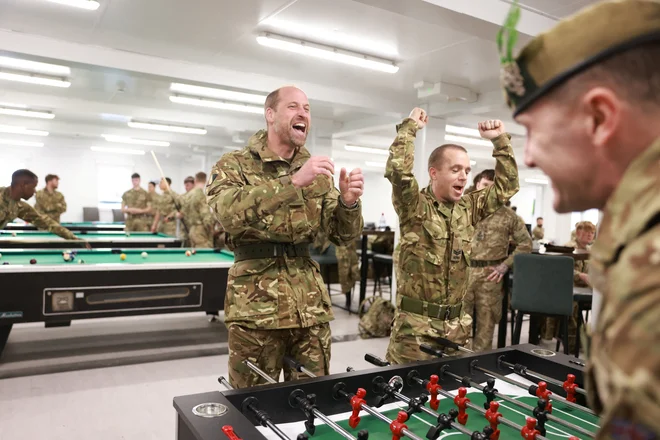
He also competed with the soldiers in table football and billiards and found that he was not the only one who dislikes to lose. Photo: Ian Vogler/Reuters
At the forefront of the visit, however, were not just military equipment and geopolitics. The prince also devoted a great deal of time to the psychological well -being of soldiers. He talked to them about stigma about mental health and emphasized that the term « mental fitness » on soldiers acts much better than « mental health ». « The term 'mental fitness' goes very well through, 'mental health' a little less, » he states BBC.
At a lighter moment he joked that he would send them a fridge when he heard that they did not have one, he states BBC. “You really don't have a fridge? Are you kidding? You need to have a refrigerator. I'll get it, « he said during a visit to the canteen. He also competed with the soldiers in table football and billiards and found that he was not the only one who dislikes to lose.
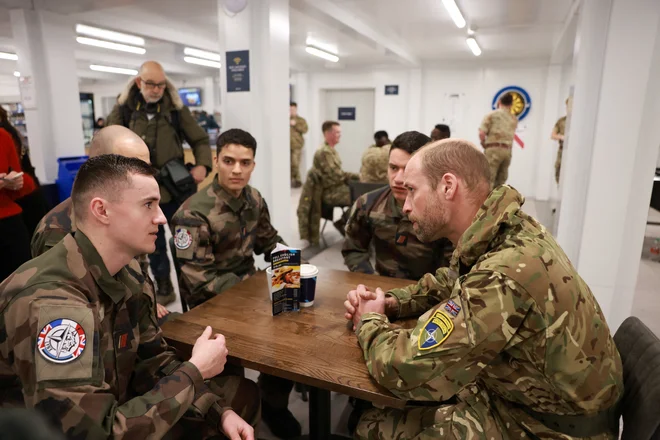
At the forefront of the visit were not just military equipment and geopolitics. The prince also devoted a great deal of time to the psychological well -being of soldiers. Photo: Ian Vogler/Reuters
The visit did not stop at the military. In the Estonian capital, William visited the refugee school from Ukraine and addressed the children: “The Ukrainian spirit is everywhere. You have incredible courage, this is very important. ”Hundreds of Estonians were waiting for him along the road, waiting in the cold to reach his hand or make a selfie, writes BBC.

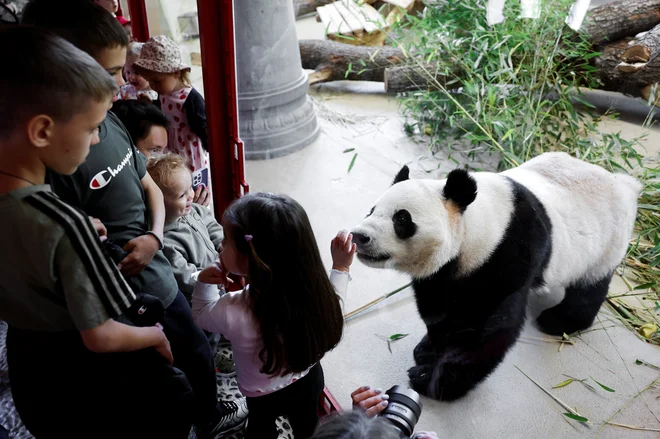

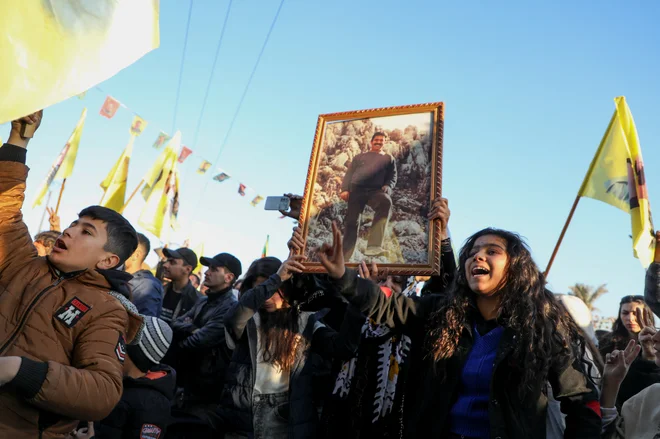
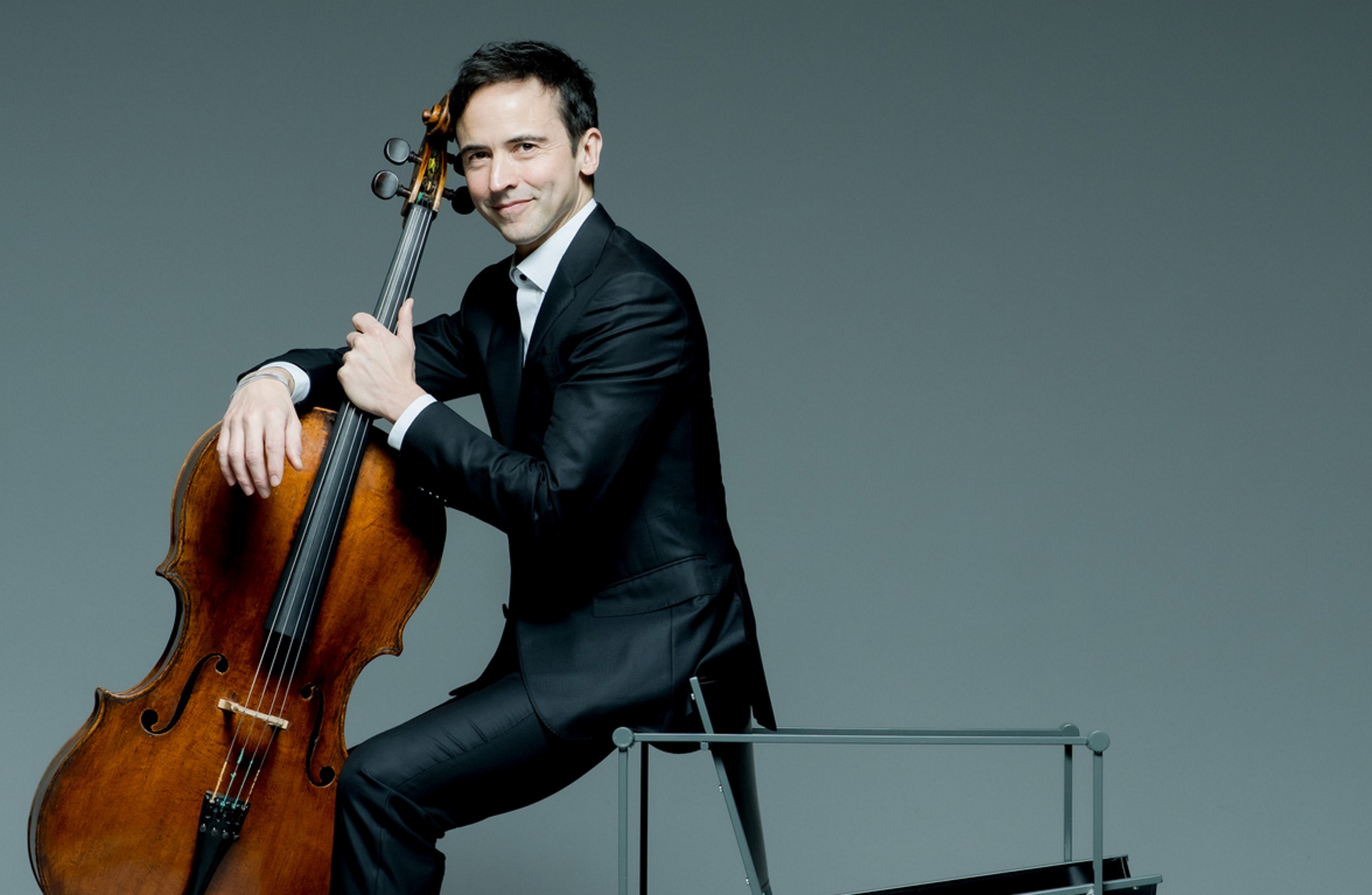
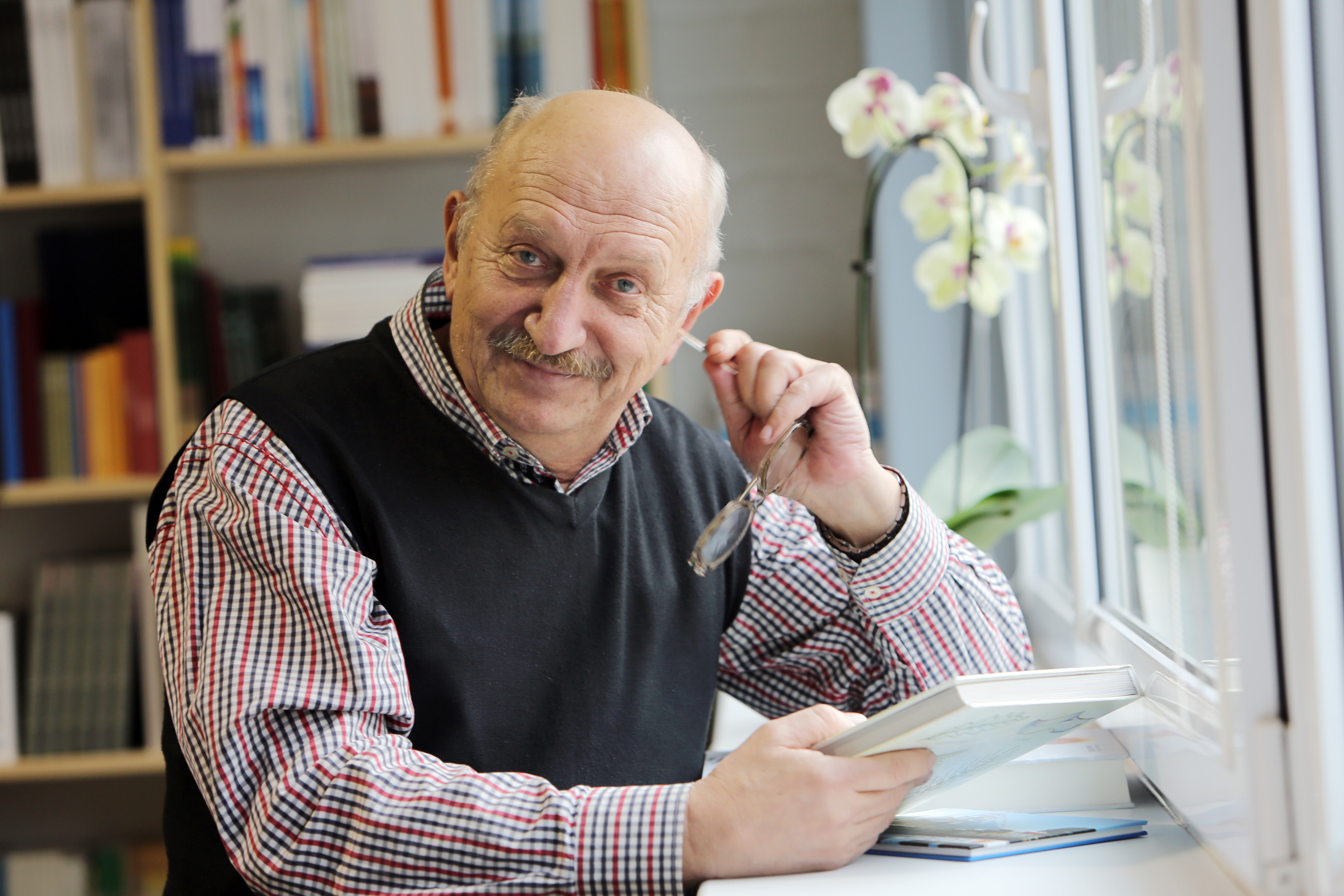
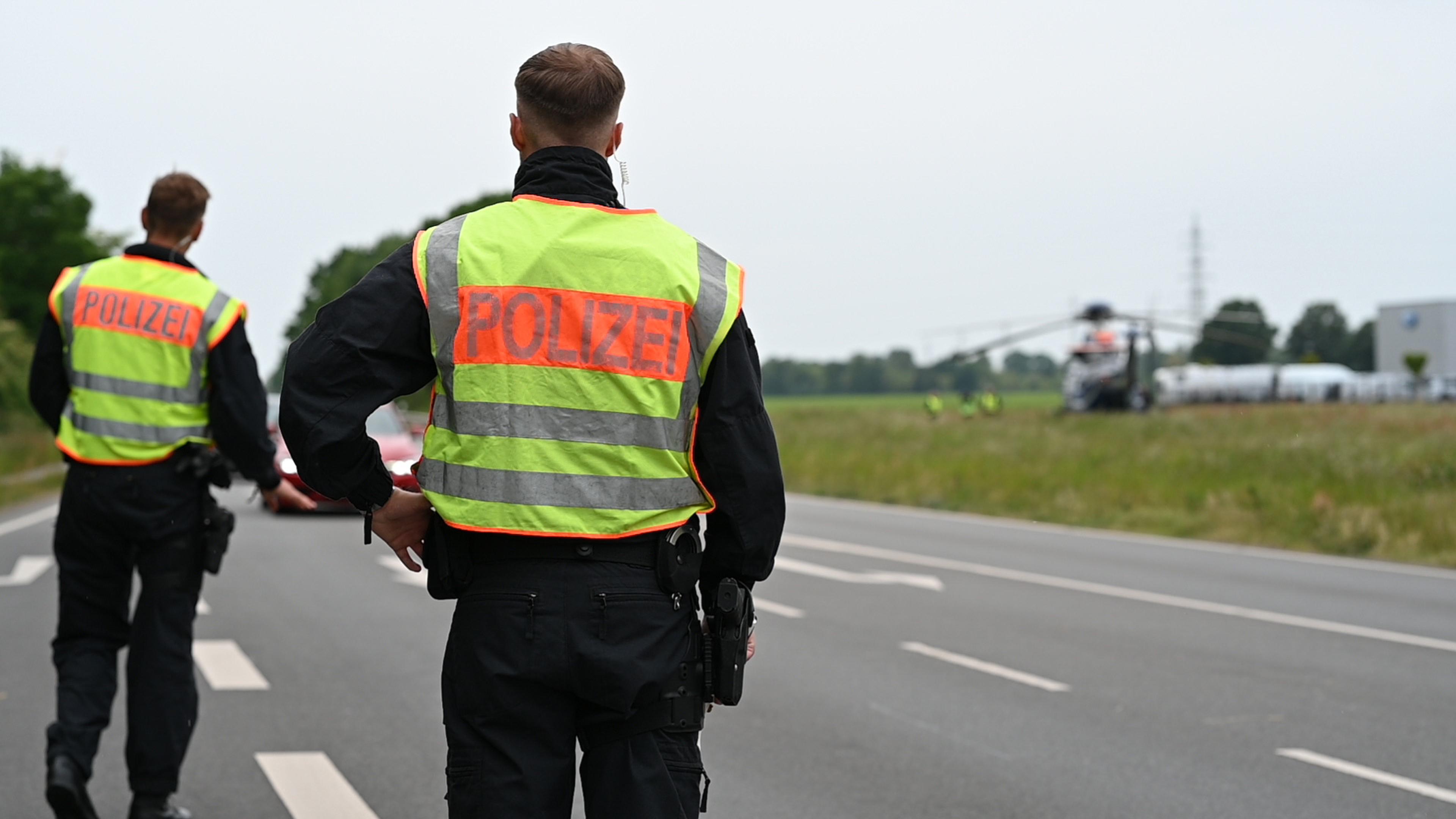
/s3/static.nrc.nl/images/gn4/stripped/data132889894-51543f.jpg|https://images.nrc.nl/2TqesO_hPZ-dAHmxFtNxxwsXZE4=/1920x/filters:no_upscale()/s3/static.nrc.nl/images/gn4/stripped/data132889894-51543f.jpg|https://images.nrc.nl/TcEXvBc8vbHiXZkHTCOc9o8ct3A=/5760x/filters:no_upscale()/s3/static.nrc.nl/images/gn4/stripped/data132889894-51543f.jpg)
